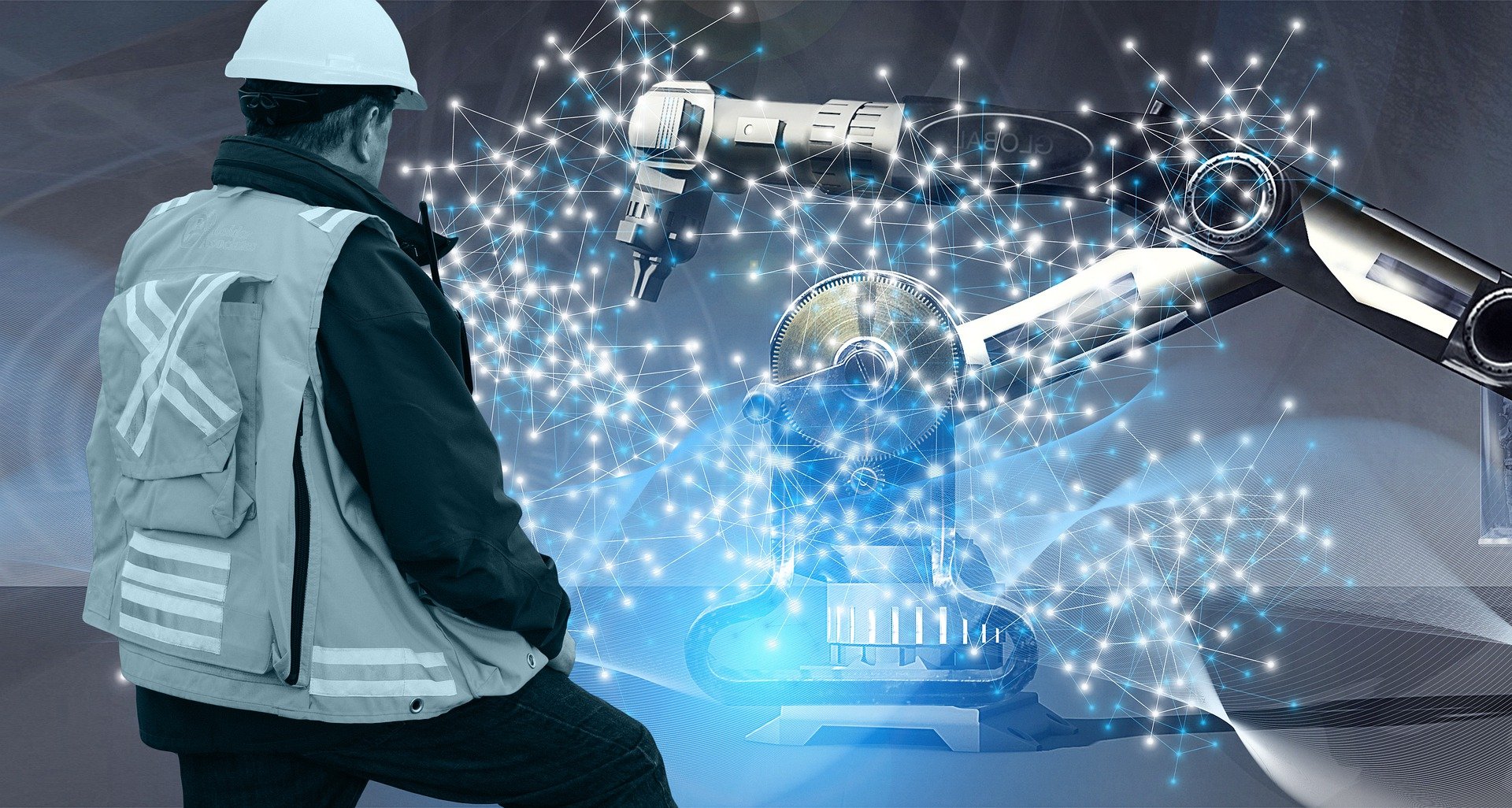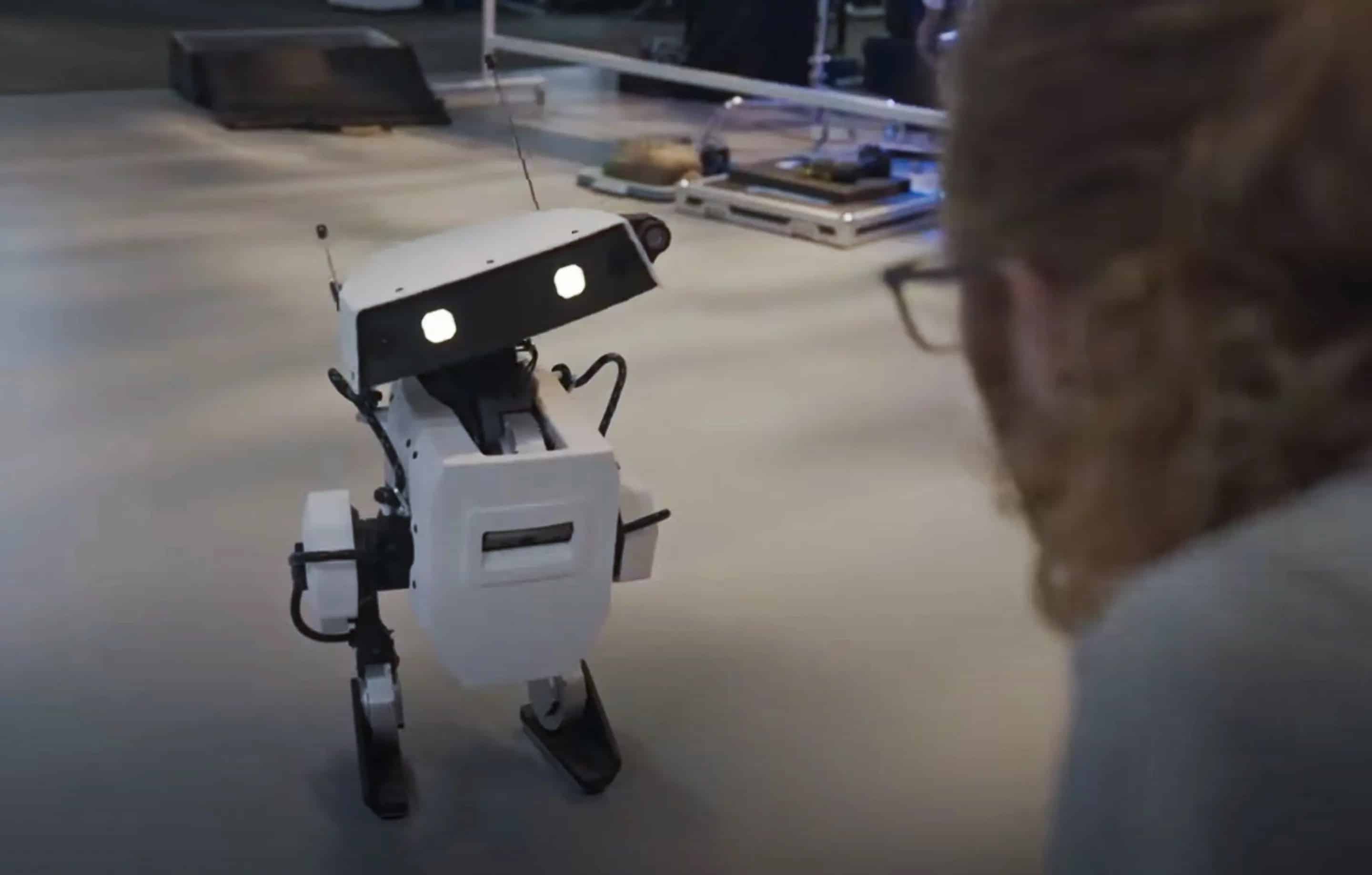
The number of industrial robots is increasing at an alarming rate, with no end in sight, states Christopher Müller, head of the static department of the International Federation of Robotics (IFR). Robots are currently primarily dominant in the automotive and electronics sectors, he says, but over the next few years they will be used much more widely in virtually all industries, from logistics to agriculture to e-commerce to pharmaceuticals.
“Companies have to,” Müller notes. “They are forced to due to shortages in the labor market and rising wages. But what is also important is the fact that robots are becoming more flexible.”
Mobile robots
The classical industrial robots are stationary and can often perform only one task. Think of a robotic arm that spends all day painting a car or picking up certain parts. The robots of the future, on the other hand, are mobile and multifunctional, and can communicate and cooperate with each other and with humans.
Müller: “In Germany, we call this the Industrie 4.0. It stands for the digitalization of companies where automation hardly plays a role at present and which has enormous potential in the coming years. This applies to Germany, where companies are bitterly complaining about a lack of qualified workers, but it also applies, of course, to other countries such as the Netherlands.”
South Korea is the absolute leader
Currently, the Asian countries of South Korea, Singapore and Japan are still way ahead of the rest of the world, but growth is at an all-time high everywhere (see photo). The United States, for example, had 255 robots per 10,000 employees in 2020, up 44% from 2015. Germany has the most robots in Europe at 371 per 10,000 workers. The Netherlands stands at 209. The top 3 comprises South Korea (932), Singapore (605) and Japan (390). In total, there are more than 3 million industrial robots around the world.
According to Müller, South Korea’s leading position is partly explained by the large number of manufacturers of electronic components and devices over there. “Robots are most prominent in the automotive and electronics sector. While there are a lot of cars made in Europe, electronics still come mainly from Asia, and in South Korea both branches of industry are very well represented, cars as well as electronics.”

China’s vast electronics sector is a major reason behind why this country has put the highest number of robots to work in recent years. In 2015, there were only 49 robots per 10,000 Chinese workers. By 2020, that figure was 246, an increase of over 400%.
China is also gaining ground as a robot manufacturer, albeit the biggest companies still hail from Japan and Europe. Some of the behemoths are Yaskawa and Fanuc from Japan, Kuka from Germany, ABB and Stäubli from Switzerland, Comau from Italy, Universal Robots from Denmark and Omron from the US.
Trend continues in 2021
The latest figures from the American Association for Advancing Automation (A3) confirm that the robotization trend will continue in 2021. A3 recently reported a record 26,000 robots were ordered by US industry in the first three quarters of this year. That amounted to a 37% growth compared to the same period in 2020.
According to A3, the growth is among both automobile manufacturers and entirely new users in sectors such as agriculture, electronics, construction, food processing, life sciences, metalworking and logistics. “The point is that right now companies just can’t find the people they need. That’s why they’re trying to automate as fast as they possibly can,” A3 president Jeff Burnstein told Reuters news agency. According to A3, Corona has excaserbated the shortages.
Also interesting:
Robots may be better than humans, just don’t always make them look human
Watch the video below from IFR:








